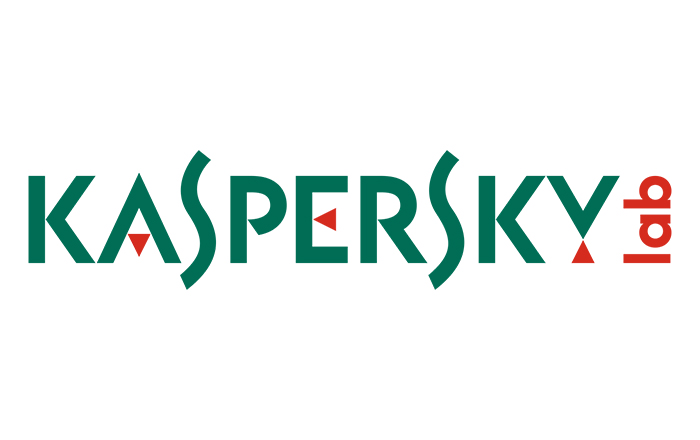Last year, 41% of enterprises[1] admitted that they suffered a targeted attack, whilst more than half of British firms have reported cyber-attacks in 2019. As cyber-threats become more complex and stealth-like, businesses need to not only uncover incidents more quickly, but simplify the process of understanding just how they happened. Organisations can minimise the risk of future attacks by identifying the unique Indicators of Compromise (IoCs), which put them specifically at risk – from IP addresses to URLs. This level of insight and understanding into an attackers’ intentions will become all the more important as cybercriminals continue to up their game to remain undetected within the network.
In its mission to continue empowering businesses to detect and prevent cyberattacks, Kaspersky Lab is today announcing the launch of the latest versions of Kaspersky EDR and Kaspersky Anti Targeted Attack. These offer new features that simplify the investigation process and enhance threat hunting; enabling companies to understand the most significant threats and IoC within their specific IT environment.
They are being powered by a recently added database of Indicators of Attack (IoAs), maintained and fed by Kaspersky Lab’s own expert threat hunters, which helps to deliver additional context during the investigation of cybercriminal activities. In addition, IoAs are now mapped to the MITRE ATT&CK knowledge base for further analysis of adversaries’ tactics, techniques and procedures. These key improvements will help enterprises investigate complex incidents faster.
Cyber-incidents relating to complex threats can have a significant impact on business. The cost of response and process recovery, the need to invest in new systems or processes, the effect on availability and the damage to reputation all adds up. Today, organisations need to consider not only the growing number of widespread malicious programs, but also the increase in complex advanced threats that are targeting them. They need protection from the more sophisticated threats that would otherwise evade detection.
Using Indicators of Attack to boost the investigation process
Kaspersky EDR and Kaspersky Anti Targeted Attack include functionality to check for IoCs, such as hashes, file names, paths, IP addresses, URLs, etc., which show that an attacker has struck. In addition to a search for IoC, new capabilities with IOAs provide an opportunity to identify intruders’
tactics and techniques, regardless of the malware or legitimate software used in the attack. To simplify the investigation process when examining telemetry from multiple endpoints, events are correlated with a unique set of IoAs from Kaspersky Lab. Matched IoAs show up in the user interface with detailed descriptions and recommendations on the best way to respond to the attack.
Customers can produce their own set of IoAs based on their internal experience, knowledge of the most significant threats and their specific IT environment. All new events are automatically mapped in real time with the internal database of custom IoAs, enabling the immediate creation of informed response actions and long-term detection scenarios, according the specifics of the protected infrastructure.
Mapping to the MITRE ATT&CK knowledge base
Together, Kaspersky EDR, Kaspersky Anti Targeted Attack and MITRE ATT&CK enable companies to validate and investigate incoming incidents more efficiently. Discovered threats are automatically mapped to the knowledge base, immediately contextualising the new events with external intelligence and attack technique data. Having a deeper understanding into an attack will reduce future risks and help security teams minimise the time taken to analyse and respond to threats.
The enhanced functionality is also available for organisations that offer cybersecurity monitoring and management. The new multi-tenancy architecture allows Managed Security Services Providers (MSSPs) to protect the infrastructure of multiple clients at the same time.
“Professional cybercriminals can reside without detection on trusted objects, exploit zero-day vulnerabilities, use legitimate software, compromised accounts, unique software, or even social use engineering techniques to exploit insiders. That’s why it is essential not to rely exclusively on the evidence left by malefactors, but to search for potential traces of their activity. With more information and understanding of a malefactor’s intentions, companies will be able to react to complex threats faster,” comments David Emm, principal security researcher, Kaspersky Lab.
Find out more about the new releases of Kaspersky Endpoint Detection and Response and Kaspersky Anti Targeted Attack on the official Kaspersky Lab website.
About Kaspersky Lab
Kaspersky Lab is a global cybersecurity company, which has been operating in the market for over 21 years. Kaspersky Lab’s deep threat intelligence and security expertise is constantly transforming into next-generation security solutions and services to protect businesses, critical infrastructure, governments and consumers around the globe. The company’s comprehensive security portfolio includes leading endpoint protection and a number of specialized security solutions and services to fight sophisticated and evolving digital threats. Over 400 million users are protected by Kaspersky Lab technologies and we help 270,000 corporate clients protect what matters most to them. Learn more at www.kaspersky.com








